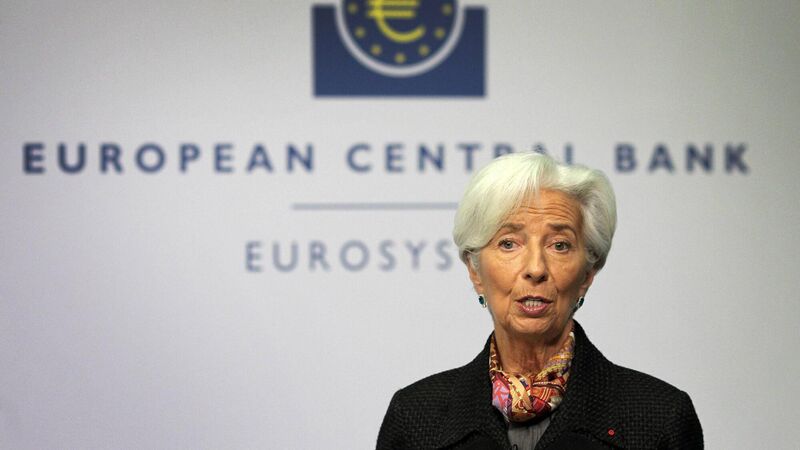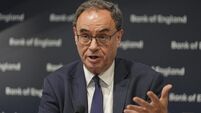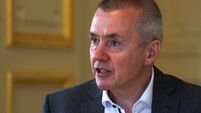Oliver Mangan: Markets have some tricky waters to negotiate yet

Christine Lagarde said it was too early to discuss slowing its bond purchase. Picture: Getty Images
ECB Council members have taken to the airwaves in the past week to dampen market fears that monetary policy could soon start to be tightened in the Eurozone against the backdrop of strengthening economic growth and rising inflationary pressures. Markets have been worried in particular that the upcoming ECB Council meeting on June 10 could see the central bank move to reduce or taper bond purchases.
These concerns saw steady upward pressure on Eurozone bond yields, with 10-year German and Italian yields rising by 30bps and 50bps, respectively, over the past two months. However, there has been a parade of ECB speakers out in the past week to assuage such fears.











